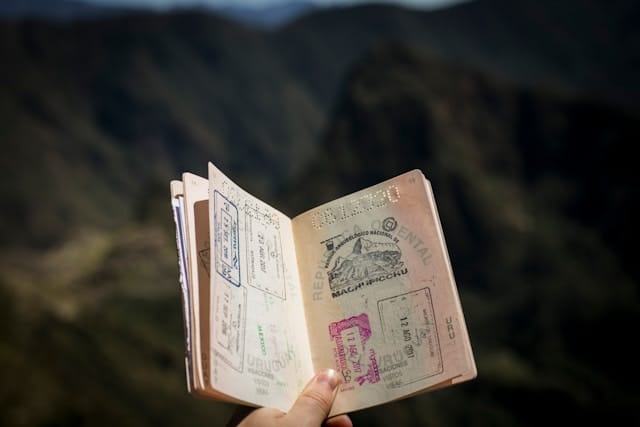In an increasingly global workforce, many Australians seek short- or long-term work experiences overseas. Work visas offer legal permission to live and work in a foreign country, whether for cultural exchange, professional development, or career advancement.
This guide provides an overview of common work visa types for Australians in 2025, including eligibility requirements, popular destinations, and application processes. From working holidays to skilled employment, understanding your options can help you take the next step in your international career.
Understanding Work Visas and Eligibility
Work visas are permits granted by foreign governments that allow non-citizens to engage in paid employment for a defined period. The conditions of each visa depend on the destination country and may include limits on job types, employers, working hours, or duration of stay.
Most work visas fall into one of the following categories:
-
Working holiday visas: Short-term visas designed for young people to work while travelling.
-
Skilled worker visas: Long-term permits for individuals with in-demand qualifications or professional experience.
-
Temporary work permits: For project-based, seasonal, or short-term employment.
-
Company-sponsored visas: Where an employer arranges the visa on behalf of a skilled worker.
Applicants typically need to meet age, health, language, and financial criteria. Supporting documents such as passports, proof of funds, job offers, or educational qualifications are commonly required.
Popular Work Visa Programs for Australians
Several countries have reciprocal or favourable visa arrangements with Australia, allowing citizens to work abroad with fewer restrictions. Two well-known examples are Canada and Japan.
-
Canada: Australians aged 18 to 35 can apply for the International Experience Canada (IEC) working holiday program, which offers up to 24 months of work rights across multiple sectors.
-
Japan: Through a bilateral agreement, Australians aged 18 to 30 can obtain a working holiday visa valid for up to 12 months, enabling travel and temporary work in sectors such as tourism, hospitality, and teaching.
Other destinations with work opportunities for Australians include the United Kingdom, Germany, South Korea, and New Zealand, each with their own application requirements and limitations.
Application Process and Documentation
Work visa application processes vary depending on the country but generally follow a similar structure. Most applications are submitted online through the destination country’s immigration website.
Key steps often include:
-
Confirming visa eligibility and selecting the correct visa category
-
Gathering required documents such as passports, resume/CV, proof of funds, and police checks
-
Submitting an application through the relevant immigration portal
-
Paying applicable visa fees
-
Scheduling a biometric appointment or attending an in-person interview if required
-
Waiting for approval and receiving confirmation or a visa grant letter
Some visas have limited quotas or open on specific dates. It’s important to plan early, monitor application windows, and review all official guidelines carefully before applying.
Tips for Working Abroad on a Visa
Working abroad can be a life-changing experience, but it’s important to follow the rules of your visa and respect local employment laws. Here are key tips to keep in mind:
-
Read your visa conditions carefully to understand permitted job types and work hours
-
Maintain travel insurance that covers work-related risks
-
Register with local authorities if required by your host country
-
Keep digital and printed copies of your visa and employment contract
-
Learn basic language skills to improve communication and job opportunities
-
Plan your finances to cover upfront expenses, including housing and transportation
-
Understand tax obligations in both Australia and your host country
-
Network locally through job fairs, online groups, or expat communities
-
Have an exit plan in case your job ends or your visa expires unexpectedly
For more advice on navigating global work and immigration topics, visit the Remitly Immigration Blog.
FAQ: Work Visas for Australians
1. What is the age limit for working holiday visas?
Most working holiday programs are open to Australians aged 18 to 30, though Canada and a few others extend eligibility to age 35.
2. Do I need a job offer before applying for a work visa?
It depends. Some skilled worker and employer-sponsored visas require a confirmed job offer, while working holiday visas typically do not.
3. Can I extend my work visa while abroad?
Some countries allow extensions or permit you to apply for a different visa type, but others may require you to leave and reapply.
4. What happens if I work in a job not allowed by my visa?
Working outside your visa conditions can result in fines, cancellation of your visa, or being barred from reentry. Always comply with regulations.
5. How long does it take to process a work visa?
Processing times vary widely by country and visa type—from a few weeks to several months. Apply early to avoid delays.
